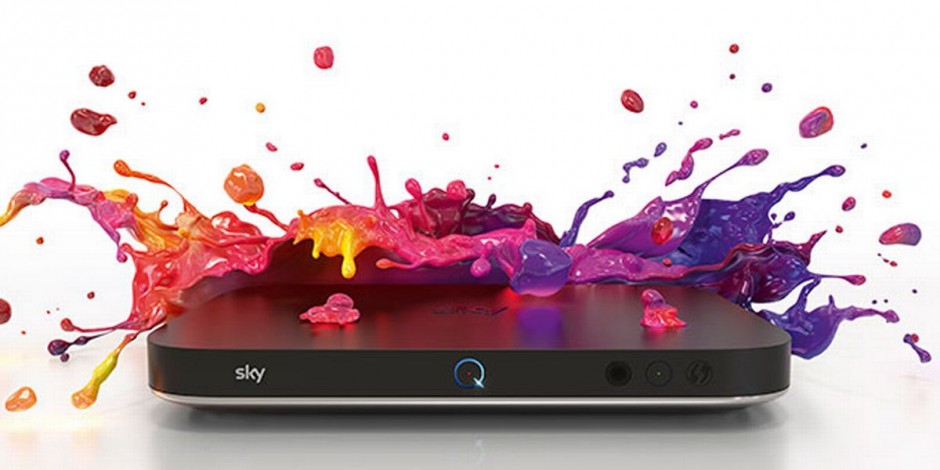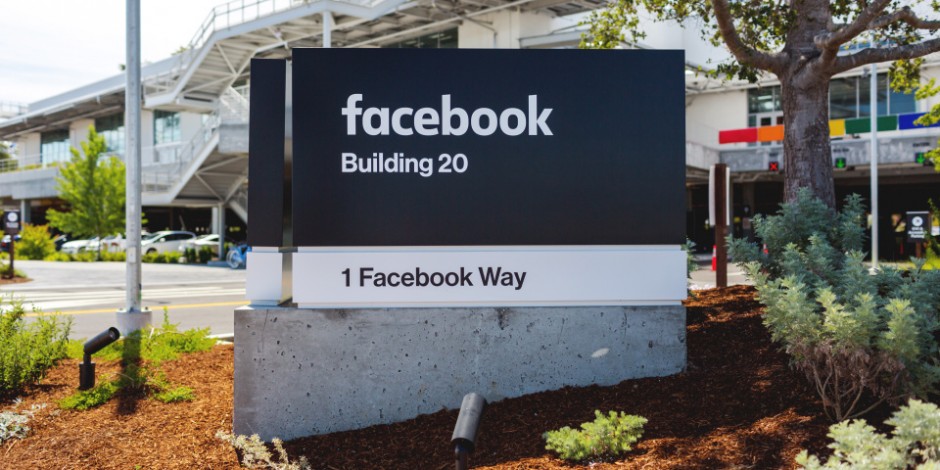By Tim Peterson
There is no Santa Claus. If there were, then by now advertisers and media companies would have gotten the complete cross-platform measurement product they’ve been clamoring for: “The one impression to rule them all, defined one way that fits everywhere,” as described by Ed Gaffney, director of implementation research and marketplace analytics at GroupM. “Unfortunately it doesn’t exist.”
Industry executives continue to hold out hope that something at least approaching true cross-platform measurement is attainable. That hope is not unwarranted. After circling one another for years, the rivalry between Comscore and Nielsen to become the industry’s chosen cross-platform measurement provider has heated up. In 2018, both companies appointed longtime advertising executives to be their respective CEOs — Comscore with Bryan Wiener and Nielsen with David Kenny — and steer them past the corporate blunders that have dogged each company in recent years.
In 2019, both companies plan to roll out new measurement tools to give advertisers and media companies an equal look at cross-platform video audiences, whether people are watching a show or see an ad on linear TV or a streaming videos service.
Comscore introduced Campaign Ratings in September to measure video ad delivery across traditional TV, connected TV, desktop and mobile for advertisers. Early in the first quarter of 2019, Comscore will introduce a similar measurement product for media companies, which would be able to measure video content delivery using the same methodology as the ad product, said Comscore CEO Bryan Wiener. Nielsen, meanwhile, plans to syndicate data from its Total Content Ratings product, which measures video viewership across traditional TV and digital, to ad buyers, said Kelly Abcarian, svp of product leadership at Nielsen.
The two products signal how the two measurement companies coming from different backgrounds — Nielsen from traditional TV and Comscore’s from digital — are on a collision path.
“Where we are with cross-platform measurement is Comscore and Nielsen are sort of the only games in town from the traditional measurement side. They started from opposite directions, and cross-platform measurement is in the middle, and nobody’s made it into the middle yet,” said Jonathan Steuer, chief research officer at Omnicom Media Group.
Both companies racing to establish strengths in each other’s domain. Comscore is pressed to provide the in-depth person-based measurement that Nielsen’s panels provide, while Nielsen must aggregate more data to augment its panels and provide more minute measurement at the device level.
“Everything is queued up for something to happen,” said Steuer.
It has to because it needs to. For years, media companies ranging from NBCUniversal to BuzzFeed have argued that third-party measurement providers are unable to adequately assess the reach of their content — especially as that content spreads to even more platforms and places online. Similarly, advertisers have had to cobble together measurements from various providers to make their own calculations of who saw their ad and where.
Both media companies and marketers have been honest about the industry’s shortcomings, acknowledging that they are often trying to nail down a moving target as new platforms continue to pop up. They also recognize that both Comscore and Nielsen have dealt with corporate struggles — accounting issues at Comscore, a GDPR-related investor lawsuit filed against Nielsen and management upheaval at both companies — that may have detracted from their measurement businesses. Both companies “moved 20 percent of the way to the middle and stalled,” said Steuer.
“Because of our own self-imposed struggles and financial irregularities, nothing happened for years,” said Wiener, who spent 13 years as CEO and then executive chairman of Dentsu Aegis Network’s 360i. (Nielsen was unable to make its CEO David Kenny, the former Digitas CEO, available for an interview by press time.)
That’s not to say that nothing at all has happened to improve cross-platform measurement in recent years. For example, both Comscore and Nielsen now measure OTT video viewing.
“While it’s certainly not exhaustive or all-inclusive, it’s there in a way that we didn’t see in 2017,” said Eric Cavanaugh, svp of digital marketplace intelligence for data sciences practice at Publicis Media.
The progress in measuring streaming video is indicative of the incremental progress that industry executives expect to see from Comscore and Nielsen in 2019, as opposed to something major such as a move away from panel-based measurement. “To switch that to anything different, that’s a revolution that will be expensive and bloody,” said Gaffney.
Such a switch is unlikely while Comscore and Nielsen each remain public companies with investors that may not take kindly to drastic moves. But it would also be largely unwelcome among ad buyers.
Often derided in light of the ability to directly measure digital content and advertising through tracking pixels and other means, panels allow companies to gather information — including people’s age and gender while also connecting the dots on the content that an individual consumes — that a piece of code cannot collect. “You need the panel for the personification of large sets of household data,” said Gaffney.
For their parts, neither Comscore nor Nielsen is looking to eliminate panel-based measurement.
“We believe in panels. The biggest difference between us and that other company you’re going to talk about is we believe that we’re data-first and the panel is used to inform the data set versus the panel being at the crux and using the data at the outskirts,” said Wiener.
“The panel will continue to underpin measurement and be the truth set,” said Abcarian. Nielsen is collecting more data through cable TV set-top boxes and smart TVs through its acquisition of automatic content recognition company Gracenote. But as more people cut the cord, Nielsen sees its panel as playing “a critical role” in being able to estimate the entire viewing population, she said.
Given the differences in Comscore’s and Nielsen’s approaches and the work that both companies still need to do to address their respective limitations, the expectation that either will emerge as the one, true cross-platform measurement provider is fading.
“I don’t think we’re going to have one major provider going forward. I think it’s going to be more fragmented,” said Gaffney.
There’s no Easter Bunny, either.





